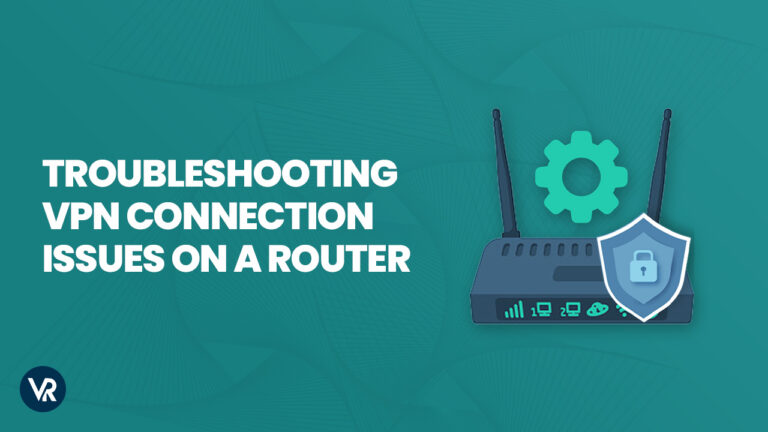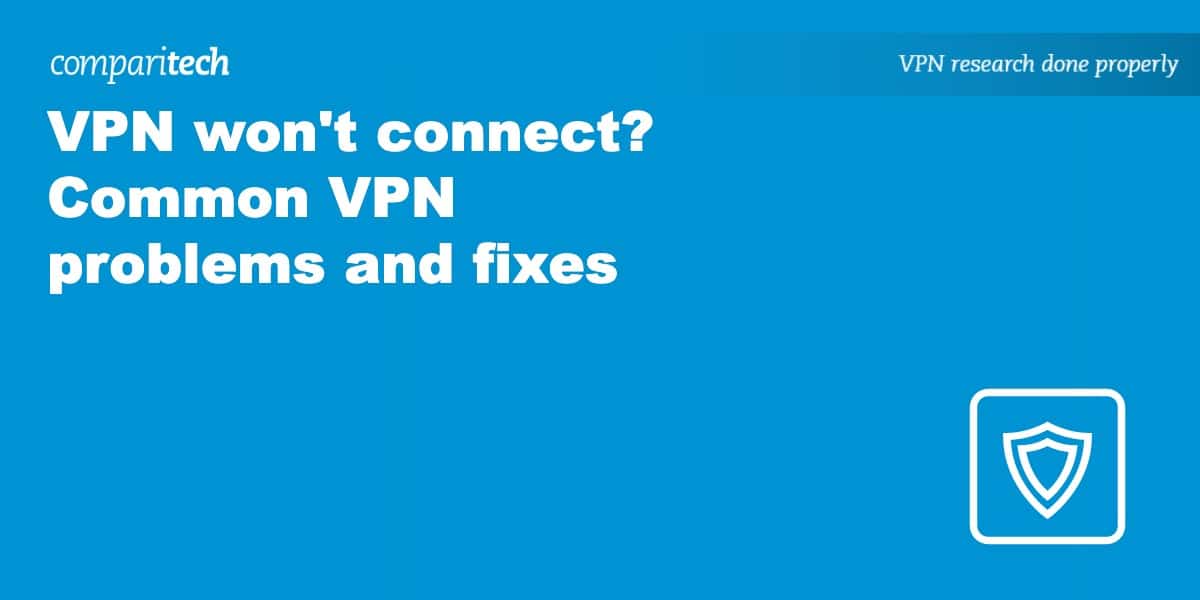Featured
Table of Contents
Site-to-site Vpn Troubleshooting
The Routing and Remote Access snap-in lives within the Microsoft Management Console, understood as the MMC. There are multiple ways to access the MMC. You can select the console from the Start menu's Programs options, within the Administrative Tools folder within Windows server's Control Panel or by typing mmc at a command prompt.
As Tech, Republic's Brandon Vigliarolo shows within his video at the start of this post, the Providers console displays the status of the Routing and Remote Gain access to entry. From within the Services console and with the Routing and Remote Access entry highlighted, you can click Start the Service or right-click the entry and choose Restart.
Sometimes the VPN client and VPN server are set to utilizing various authentication approaches. Verify whether an authentication error is the issue by opening the server console. Another technique of accessing the MMC is to type Control+R to open a command timely in which you can type mmc and struck Enter or click OK.
If the entry isn't present, click File, choose Add/Remove Snap-in, select the Routing and Remote Gain access to alternative from the choices and click Include, then OK. With the Routing and Remote Gain access to snap-in included, right-click on the VPN server and click Characteristics. Review the Security tab to confirm the authentication approach.
Norton Secure Vpn Stays At "Connecting" And Returned To ...
Ensure the VPN client is set to the authentication technique specified within the Security tab. Generally the products just evaluated are accountable for many VPN connection refusal mistakes. But other fundamentals should be correct, too. If the Windows Server hosting the VPN hasn't signed up with the Windows domain, the server will be not able to authenticate logins.
IP addresses are another essential component for which administration should be properly set. Each Web-based VPN connection usually utilizes two different IP addresses for the VPN client computer system. The first IP address is the one that was assigned by the customer's ISP. This is the IP address that's utilized to develop the preliminary TCP/IP connection to the VPN server over the Internet.

This IP address typically has the same subnet as the regional network and therefore enables the client to interact with the regional network. When you established the VPN server, you should set up a DHCP server to designate addresses to clients, or you can create a bank of IP addresses to assign to clients straight from the VPN server.


If this alternative is chosen and the effective remote gain access to policy is set to enable remote access, the user will be able to connect to the VPN. I have been unable to re-create the situation personally, I have heard reports that a bug exists in older Windows servers that can cause the connection to be accepted even if the effective remote access policy is set to deny a user's connection.
Unable To Connect To A Vpn On A Windows Pc? 7 Ways ...

Another typical VPN issue is that a connection is successfully established however the remote user is unable to access the network beyond the VPN server. By far, the most typical reason for this problem is that permission hasn't been granted for the user to access the whole network. To allow a user to access the whole network, go to the Routing and Remote Gain access to console and right-click on the VPN server that's having the issue.
At the top of the IP tab is an Enable IP Routing check box. If this check box is enabled, VPN users will have the ability to access the remainder of the network, assuming network firewalls and security-as-a-service settings allow. If the checkbox is not picked, these users will have the ability to access just the VPN server, however absolutely nothing beyond.
If a user is calling straight into the VPN server, it's normally best to configure a fixed path between the client and the server. You can configure a fixed path by going to the Dial In tab of the user's properties sheet in Active Directory Users and Computers and choosing the Apply A Static Route check box.
Click the Include Path button and after that get in the destination IP address and network mask in the area offered. The metric ought to be left at 1. If you're utilizing a DHCP server to designate IP addresses to customers, there are a number of other issues that could trigger users not to be able to go beyond the VPN server.
Troubleshooting Openvpn - Pfsense Documentation
If the DHCP server appoints the user an IP address that is currently in use in other places on the network, Windows will spot the dispute and prevent the user from accessing the rest of the network. Another typical issue is the user not getting an address at all. Many of the time, if the DHCP server can't appoint the user an IP address, the connection won't make it this far.
If the client is appointed an address in a variety that's not present within the system's routing tables, the user will be unable to browse the network beyond the VPN server. Guarantee the resources the user is attempting to gain access to are in fact on the network to which the user is linking.
A VPN connection to the other subnet might, in fact, be required. A firewall program or security as a service option could also be to blame, so do not forget to review those solutions' settings, if such elements are present in between the VPN server and the resources the user seeks to reach.
The very first possibility is that a person or more of the routers involved is performing IP packet filtering. IP packet filtering might prevent IP tunnel traffic. I advise inspecting the customer, the server and any makers in between for IP package filters. You can do this by clicking the Advanced button on each machine's TCP/IP Properties sheet, choosing the Options tab from the Advanced TCP/IP Settings Residence sheet, choosing TCP/IP Filtering and clicking the Residences button.
Latest Posts
The Best Business Vpn Services 2023
Best Vpn Solution For Your Business
Vpn Stopped Working: Here Are 4 Quick Tips To Get It Back